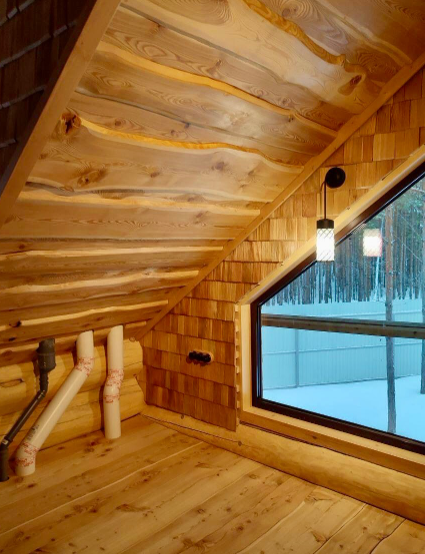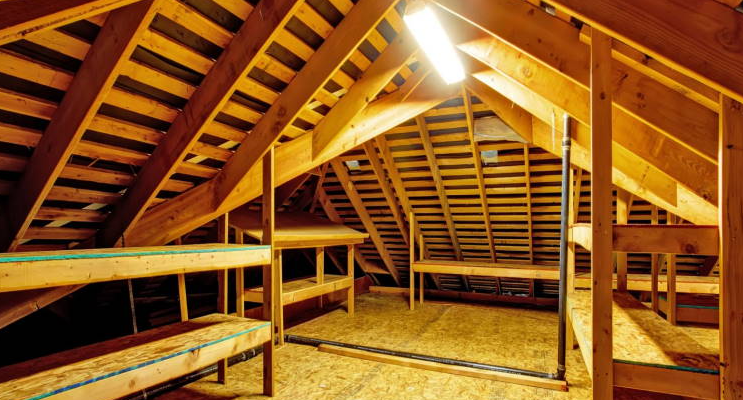The attic of a house plays an important role: up to 25–30% of heat can escape through it. That’s why insulating the upper floors is one of the main tasks for homeowners. But before laying down insulation, you must first prepare the base — the wooden boards and beams. Proper treatment not only extends the life of the structure but also protects the insulation from damage. In this article, we’ll explain how to correctly treat wood and why board treatment in Ottawa requires special attention.
Why Is Treating Boards Necessary?
Many homeowners believe it’s enough to simply lay insulation. But that’s a mistake. Wood is vulnerable to several factors:
- moisture (condensation, roof leaks, high indoor humidity);
- fungus and mold;
- wood-boring insects;
- fire, one of the greatest risks for wooden structures.
If wood is left untreated, insulation can quickly lose its properties, and the structure itself will begin to deteriorate.
In the Canadian climate, with snowy cold winters and humid summers, board treatment in Ottawa becomes especially critical.

Stages of Board Treatment
1. Surface Preparation
Before starting, carefully inspect all boards. Damaged elements should be replaced. If there are signs of mold, remove them with antiseptic solutions.
Next, clean the surface:
- remove dust, dirt, and construction debris;
- lightly sand the boards if necessary to improve absorption.
2. Antiseptic Treatment
Antiseptics protect wood from fungus, mold, and insects. Options include:
- water-based antiseptics — quick absorption but require extra moisture protection;
- oil-based and combined formulas — longer-lasting protective layers.
Apply antiseptic with a brush, roller, or sprayer, making sure to cover the ends of the boards, which absorb moisture most.
3. Fire Protection
Since wood is flammable, fire-retardant treatment (with flame retardants) is essential. This is especially important in attic spaces where electrical wiring runs.
Fire protection includes:
- surface treatments (impregnation, paints);
- deep treatments (industrial pressure impregnation).
For home use in Ottawa, liquid flame retardants applied with a brush or sprayer are the best choice.
4. Combined Formulas
To save time, you can use multi-purpose treatments — antiseptic + flame retardant. These products protect against both biological damage and fire hazards.
When to Start Insulating After Treatment?
After applying protective solutions, the wood must fully dry. Usually, this takes 24–48 hours, but in Ottawa’s humid conditions (common in spring and fall), it’s better to wait 3–4 days.
Only then can insulation be installed.
Attic Insulation Features in Ottawa
Ottawa has a continental climate: cold winters and warm summers put extra stress on building structures. When insulating the attic here, you must consider:
- vapor barriers to keep moisture out of insulation;
- ventilation in the roof space for moisture removal;
- insulation thickness — at least 300 mm of mineral wool or its equivalent is recommended.
If proper board treatment in Ottawa is performed, the insulation will work effectively and last for decades.
Professional Tips
- Use only certified wood treatment products.
- Apply in two layers for stronger protection.
- Inspect attic boards every 2–3 years and reapply treatment if needed.
- Don’t cut corners on antiseptics and flame retardants — repairing a damaged attic costs much more.
